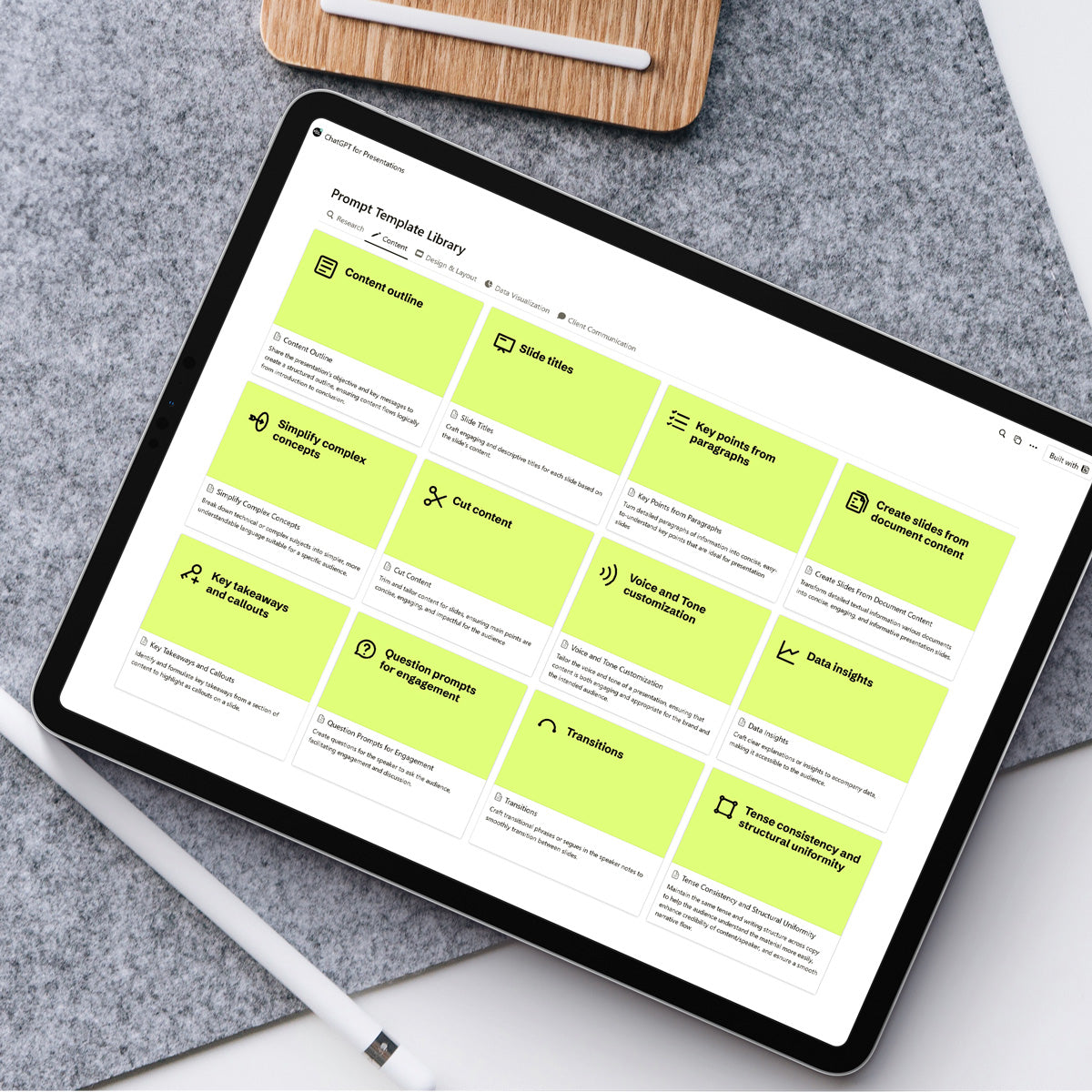The Before-After-Bridge (BAB) is a storytelling technique that highlights transformation by contrasting the starting point (the "Before") with the desired or achieved outcome (the "After")
The Before-After-Bridge (BAB) is a storytelling technique that highlights transformation by contrasting the starting point (the "Before") with the desired or achieved outcome (the "After")
What is it?
The Before-After-Bridge (BAB) framework is about creating a simple, clear narrative that helps your audience see the problem, feel the potential for change, and trust your solution to get them there.
It’s straightforward but incredibly powerful—because it turns abstract problems into relatable stories and dry solutions into something exciting.Here’s how it works:
Before: Start by showing the current situation—what’s wrong, frustrating, or not working. This is where you set the stage and make the problem relatable.
Example: “Right now, your team is spending hours manually updating spreadsheets, which means mistakes are slipping through, deadlines are getting missed, and stress levels are through the roof.”
After: Paint a picture of the ideal future. Show them what’s possible if the problem is solved or the solution is implemented.
Example: “Imagine if all that busywork was automated. Your team has more time to focus on strategy, projects are completed faster, and everyone can actually breathe at the end of the day.”
Bridge: This is where you connect the dots. Show them how to get from the frustrating "Before" to the aspirational "After." This is where your idea, tool, or solution comes in.
Example: “With this new platform, you can eliminate the manual updates entirely. It integrates your data automatically, highlights errors before they happen, and frees up your time to do the work that really matters.”
It’s a natural progression that takes your audience on a journey, helping them not only see the problem but also feel the importance of solving it—and believe in the solution you’re presenting.
Why it works
Before-After-Bridge works because it taps into how people process change. By showing the gap between a frustrating “Before” and an exciting “After,” you create tension that your audience naturally wants to resolve. The “Bridge” gives them the answer, making your solution feel like the clear, logical path forward.
When to use it
BAB works best when your goal is to sell an idea, solution, or vision. It’s perfect for scenarios where you want to highlight a gap between the current reality and a better future, while positioning your solution as the bridge that makes it possible.
Remember to
Don’t just describe the “Before” situation—help the audience feel the frustration or downside. Use vivid examples, relatable scenarios, or clear data to illustrate why the current situation isn’t ideal.
Step-by-step
How to use the SCR framework to write a presentation
Step 1: Define the "before"
Start by defining the “Before.” Identify the current problem or challenge your audience is facing, and describe it in specific, relatable terms. Make it clear why this issue matters by focusing on the frustrations, inefficiencies, or missed opportunities it causes. For example, you might say, “Right now, our team spends over 10 hours a week manually compiling reports, which leads to errors, missed deadlines, and unnecessary stress.”
Step 2: Paint a picture of the "after"
Next, paint a picture of the “After.” Show your audience what life could look like if this problem is solved. Focus on the benefits they care about most—time saved, better results, or reduced stress.
This is where you get them excited about the possibilities. For instance, “Imagine having reports generated automatically, freeing up hours for more strategic work and ensuring 100% accuracy every time.”
Step 3: Introduce the bridge
Once you’ve set the contrast, introduce the “Bridge.” This is where you present your solution as the clear and actionable way to move from the frustrating “Before” to the aspirational “After.”
Keep it simple and focused, explaining exactly how your idea, tool, or process gets them there. For example, “Our software integrates your data sources, automates reporting, and highlights key trends, all in minutes.”
Step 4: Create a slide structure
To bring this framework to life in your slides, create a structure that highlights the progression. Start with a slide that visualizes the “Before,” using text, data, or imagery to emphasize the problem.
Follow it with a slide that represents the “After,” showing the ideal future with clean visuals or compelling results. Finally, introduce the “Bridge” on the third slide, using a process graphic, timeline, or straightforward explanation to outline your solution.
Step 5: Add contrast to reinforce the gap
As you develop these slides, reinforce the contrast between the “Before” and “After” visually and verbally.
Use dim or cluttered visuals for the problem and bright, clean imagery for the solution. This contrast helps make the transformation feel real and impactful, leaving your audience eager to act.
Step 6: End with a call to action
Finally, wrap up with a clear call to action. End by prompting your audience to take the next step, whether it’s approving your proposal, scheduling a demo, or starting the process to implement your solution.
For example, “Let’s set up a demo so you can see how this could work for your team.” By following these steps, you’ll craft a presentation that not only informs but also inspires action.

Download the worksheet
This worksheet is designed to help you structure your ideas and create compelling slides using the Before-After-Bridge framework. Follow the prompts to easily map out your content.


